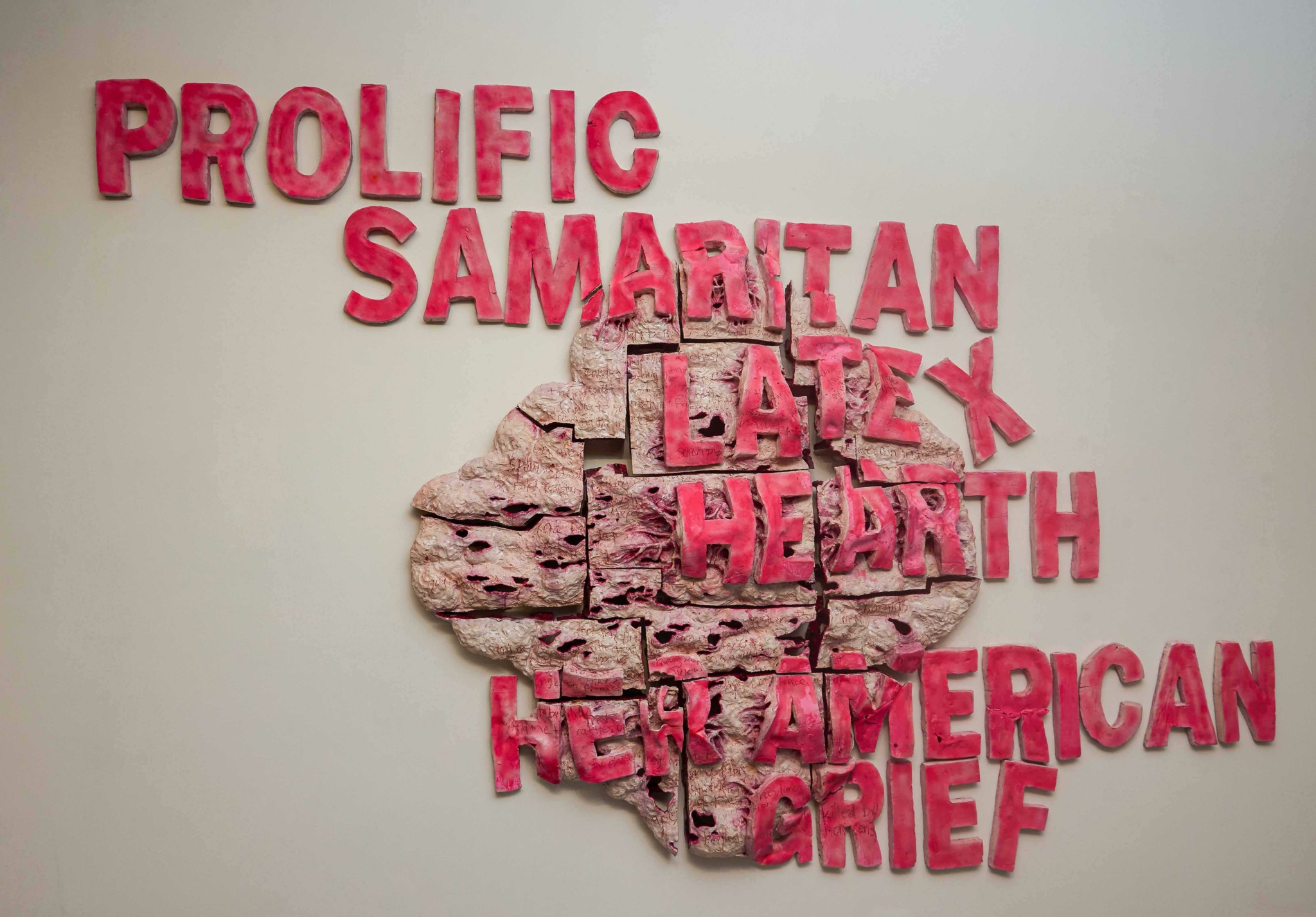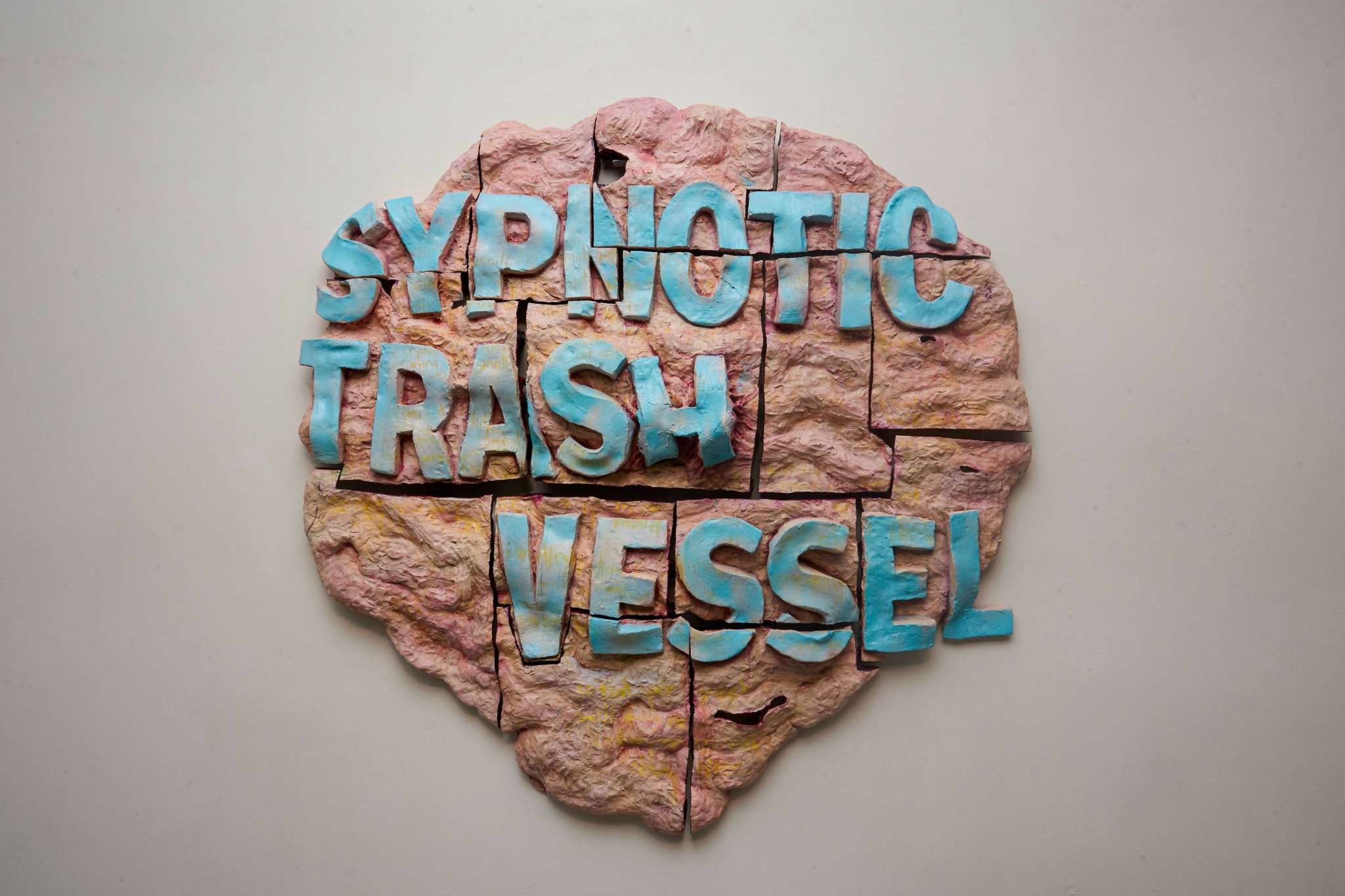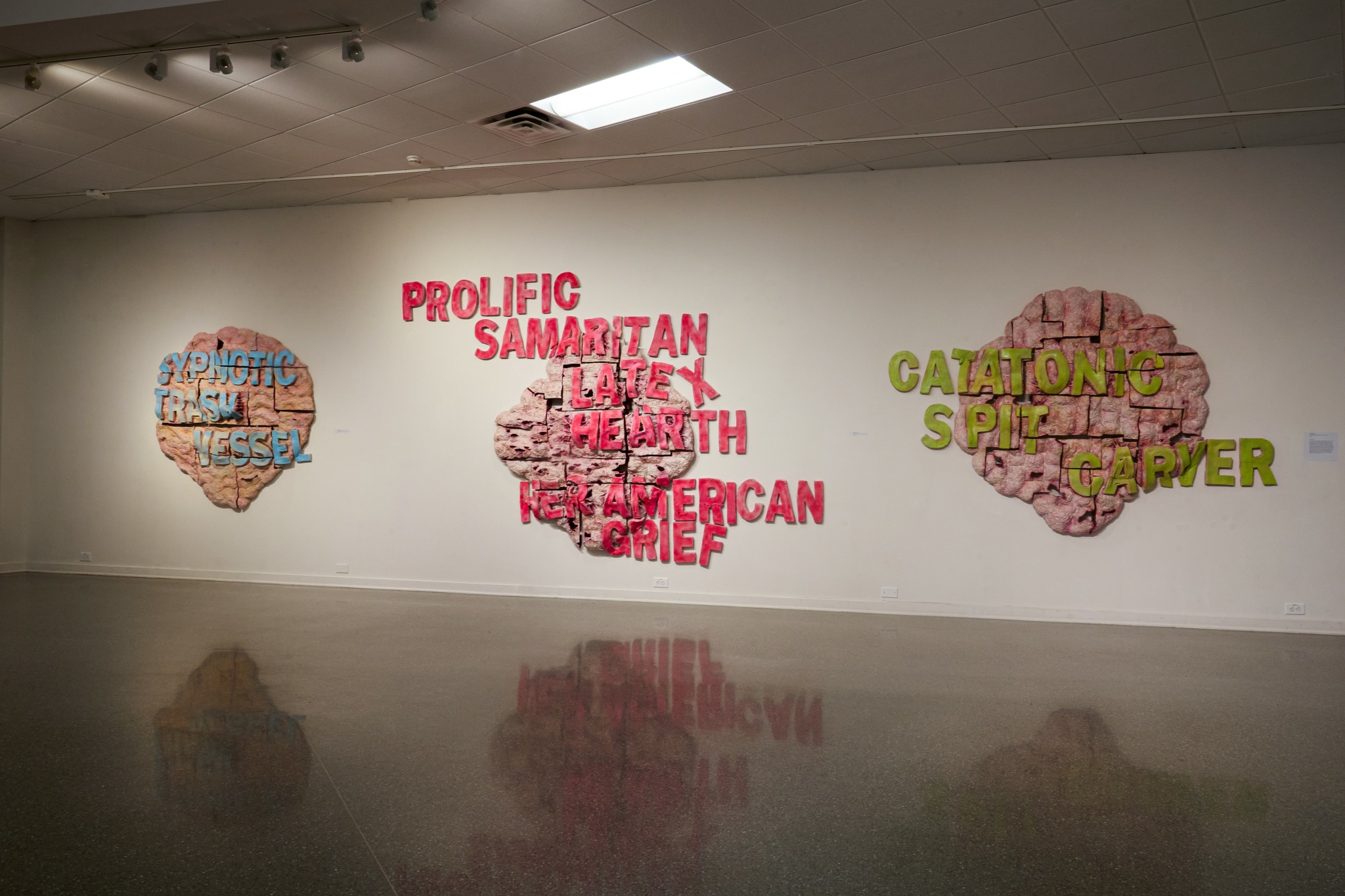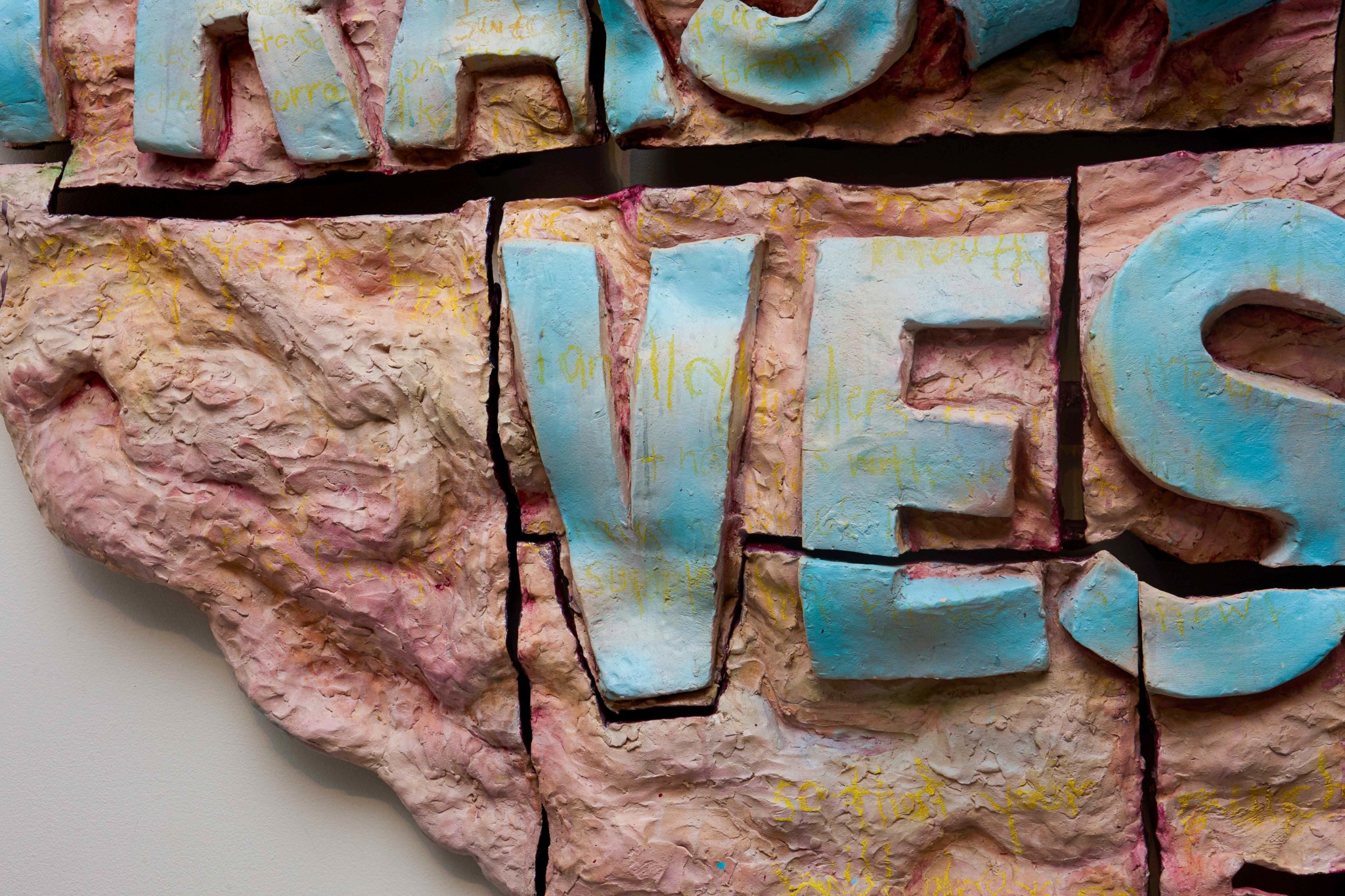Alright – so today we’ve got the honor of introducing you to Izzy Stoneback. We think you’ll enjoy our conversation, we’ve shared it below.
Izzy, looking forward to hearing all of your stories today. Can you talk to us about a project that’s meant a lot to you?
In my creative practice, the notion of a meaningful project exists as a constant ebb and flow of its definition. As unintelligible as this definition can be, the ligatures of meaning never fail to persist in my process. Therefore, I could not define a singular project as being the most meaningful. In my work the idea of meaning holds itself in a multitude of intangible ways. Variations in material, concept, and methodology integrate themselves with the implications of intimacy, forming complicated degrees of meaningfulness.
Despite all these intricacies and futile attempts to define meaning, the most meaningful and consistent part of my practice itself is writing. Every time I write, it somehow becomes the most sentimental form of design I’ve ever engaged with. Textual work is at the core of my process and I find it to be the most intimate, and therefore most meaningful, component of art-making. As a text-based artist, the visual component of language is born out of incoherent ramblings present within my sketchbook. In the narrowness of margins and fervent scramble of words, pages become insulated with sentimentality, each linguistic variation transforming into its own project swelling with meaningfulness.
I believe that writing is the rawest form of thought; a communication so tender, yet so violent, that it has no choice but to expose the maintained chaos of personal experience. It is raw in a way that communicates the purest forms of vulnerability. It is stubborn in a way that refuses to be told to act otherwise. In proximity to the thematic components of my work, the addition of text plants a certain weight and texture within each project, embedding velvet in mouths and igniting the grooves inside minds. Language is the soft defier of bastilles. Language is the quiet rebellion of bodies. It is the oppressor and the revolutionist. It is contradiction and it is harmony. It is humanity and it is incorporeal. It will always be the most potent mode of meaning and so words will always be my most meaningful project.


Great, appreciate you sharing that with us. Before we ask you to share more of your insights, can you take a moment to introduce yourself and how you got to where you are today to our readers.
My name is Izzy Stoneback and I am a 22 year-old multidisciplinary artist, writer, and sculptor based in Wilmington, North Carolina. My practice blends a strong foundation in painting and writing with an emerging expertise in sculpture, resulting in large-scale installations that initiate confrontations between material, viewer, and form. Through a philological approach to the contexts of violence, my experiments in visual spaces dismantle the implied weaponry and dogmatic nature of established systems.
In 2024, I earned my BFA from Appalachian State University, and my most recent body of work, Flesh Tactics, was featured at the Smith Gallery in the BFA exhibition Reformation. I have received scholarships from the Penland School of Craft and have exhibited my work locally in Boone, North Carolina, featuring a debut duo show titled Girl Meat. I have also been fortunate to work as a demonstration assistant for sculptor Lisa Clauge and as a studio assistant for nationally recognized ceramicist Andréa Keys Connell, assisting in the production of a menorah series for Susan Alexandra, featured in the New York Times.
I have engaged with artistic practices since adolescence and began to take visual arts more seriously after taking “Art for Social Change,” a studio art class, my sophomore year of college. In marrying my love for civic engagement with experimentations in material, the direction towards art-making became unavoidable. My early work took the form of glittery tampon earrings and amateur film projects, but has now matured to expansive sculptures and spatial experiments. I currently work as a freelance artist out of my mom’s spare room at her house, which means I also wait tables!


Are there any books, videos or other content that you feel have meaningfully impacted your thinking?
As a lover of documentaries, books, and essays, there are a number of resources that have impacted the procedural thinking and philosophies which influence my art. The one that has been most formative and is most prominent is the Bikini Kill documentary titled “The Punk Singer.” Bikini Kill is a girl-fronted punk band from the 90’s, notorious for their actions against misogyny in a violent and boy-dominated music scene. “The Punk Singer” narrates the way in which Bikini Kill became punk mythology, through cultivating community in zine-making, performance, and the abrasive delivery of delicate lyricism. Their music and philosophies demonstrated the necessity of carving out space for oneself in a world that actively denies it. These ideas have made their way into the core of my work, with the rawness and confrontation of punk prose becoming palpable in my textual practices.


Can you share a story from your journey that illustrates your resilience?
The first story that comes to mind when I think of resilience regards the completion of my final semester in undergraduate. I approached my thesis exhibition with an already ambitious proposal– to create a fifteen foot wide ceramic-based installation. During the first month of sculpting this work, my community suffered the effects of Hurricane Helene. Throughout the recovery efforts our access to on-campus studios and materials became null for roughly a month. Both the emotional and physical toll placed upon my community presented a significant setback. At the same time, my university had relocated the art department’s studios to an alternative building while renovations took place. However, in the process of moving, almost all of the kilns were damaged and not fixed until halfway through the semester. This also presented a significant setback since I needed these kilns to fire my senior body of work. Because of this, I completed my final firing the night before my project was due for installation. Despite these obstacles I still managed to hang my installation work on the wall in total completion. It required about 90 hours a week in the studio, a few fiery emails to the university administration, and about 1,000 pounds of clay, but in sheer stubbornness and resilience I accomplished the project I set out to do.
Contact Info:
- Website: https://izzystoneback.com/home.html
- Instagram: _wormsf0rbrains_


Image Credits
Personal Photo: Rebecca Stickler
Additional Images: Lux Nguyen


